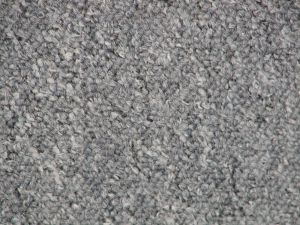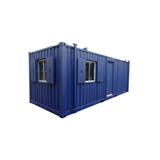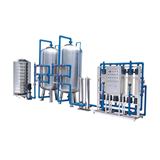With carpet one of the top 10 products which end up as landfill, choosing modular carpeting can be a wise option for the environment.
Modular carpet is carpet tiles, instead of broadloom carpet, which comes in large rolls. Carpet tiles vary from 50 cm x 50 cm as standard, and can be produced in sizes up to 1m x 1m for applications such as healthcare and aged care facilities.
The product can be used across a broad range of buildings, and is suited to high foot traffic areas, such as offices, educational facilities, public buildings and retail.
The main advantage of modular carpet is its sustainability benefit, with Sally Orme from InterfaceFLOR saying modular carpet uses up to 80% less waste than broadloom carpet.
When a section of modular carpet is damaged, only the damaged area needs to be replaced, whereas with broadloom carpet, the entire roll of carpet needs to be ripped up. This means less carpet going to landfill, and lower costs in terms of labour spent repairing the carpet.
"A floor takes more wear and tear than any other surface in an interior environment," Orme explained. "Most of that wear occurs on only 20% of the surface. Carpet tiles allows for 'selective replacement' so you can change any part of your floor that's damaged or worn, and leave the rest alone."
It is also easier and faster to install than broadloom carpet.
"Consider the difference in man-hours between installing carpet tiles and 3.6m [of] broadloom," Orme said. "On average in a typical mid-rise office building it takes 60 man-hours to install broadloom carpet over a 4,500 square-foot space. The same crew can lay carpet tiles in half that time – only 30 man-hours."
Modular carpet is usually laid directly onto the floor. It is possible to use an underlay for additional underfoot comfort, but David Rowlinson from Ontera Carpets says this is rarely done.
"Carpet tiles must be installed using a water-based pressure sensitive adhesive – preferably low VOC – so that carpet tiles can easily be lifted and cleaned or replaced in the event of an accidental spillage," he said.
InterfaceFLOR has developed a carpet tile which does not use glue in the installation, cutting out the use of high emitting VOC products. For example, its TacTile product binds carpet tiles together, and contain no liquid components at all.
Other modular carpet products are backed by a composite of fibreglass and polymer – typically PVC – to ensure they don't grow, shrink, cup or curl, according to Rowlinson.
Waste ending up as landfill is a growing problem around the globe. Companies the world over are tackling this problem in several ways, including taking back used products and turning them into new products.
Ontera has a reuse program – EarthPlus – which has retained the embodied energy in over 68,000 sqm of used product, and diverted over 340 tonnes of used carpet tile from ending up as landfill.
InterfaceFLOR also has its ReEntry program, which takes back used carpet tiles, even those not manufactured by the company, and has become the world’s largest carpet recycling program.













-160x160-state_article-rel-cat.png)

